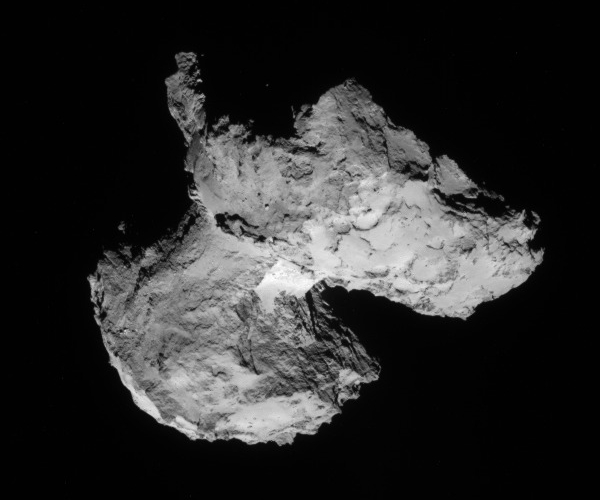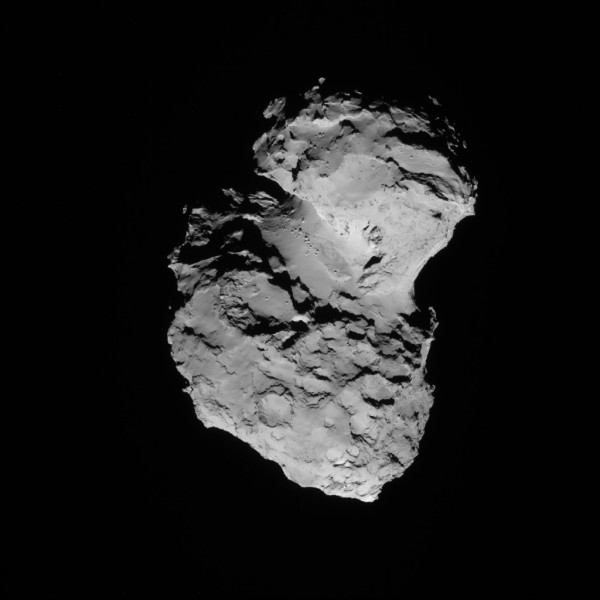Rather than work in NASA, the best young engineers today are increasingly heading to get jobs at private companies like SpaceX and XCOR.
It is a long article, worth reading in its entirety, but this quote will give the essence:
As a NASA engineering co-op student at Johnson Space Center, Hoffman trained in various divisions of the federal space agency to sign on eventually as a civil servant. She graduated from college this year after receiving a generous offer from NASA, doubly prestigious considering the substantial reductions in force hitting Johnson Space Center in recent months. She did have every intention of joining that force — had actually accepted the offer, in fact — when she received an invitation to visit a friend at his new job with rising commercial launch company SpaceX.
Hoffman took him up on the offer, flying out to Los Angeles in the spring for a private tour. Driving up to the SpaceX headquarters, she was struck by how unassuming it was, how small compared to NASA, how plain on the outside and rather like a warehouse.
As she walked through the complex, she was also surprised to find open work areas where NASA would have had endless hallways, offices and desks. Hoffman described SpaceX as resembling a giant workshop, a hive of activity in which employees stood working on nitty-gritty mechanical and electrical engineering. Everything in the shop was bound for space or was related to space. No one sat around talking to friends in the morning, “another level from what you see at NASA,” she said. “They’re very purpose-driven. It looked like every project was getting the attention it deserved.”
Seeing SpaceX in production forced Hoffman to acknowledge NASA might not be the best fit for her. The tour reminded her of the many mentors who had gone into the commercial sector of the space industry in search of better pay and more say in the direction their employers take. She thought back to the attrition she saw firsthand at Johnson Space Center and how understaffed divisions struggled to maintain operations.
At NASA young engineers find that they spend a lot of time with bureaucracy, the pace is slow, their projects often get canceled or delayed, and the creative job satisfaction is poor. At private companies like SpaceX, things are getting built now. With that choice, no wonder the decision to go private is increasingly easy.





